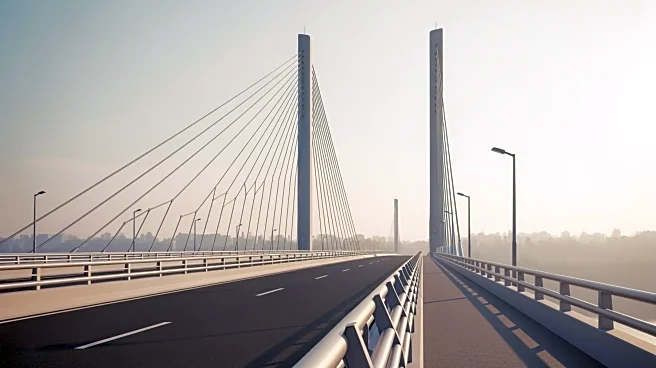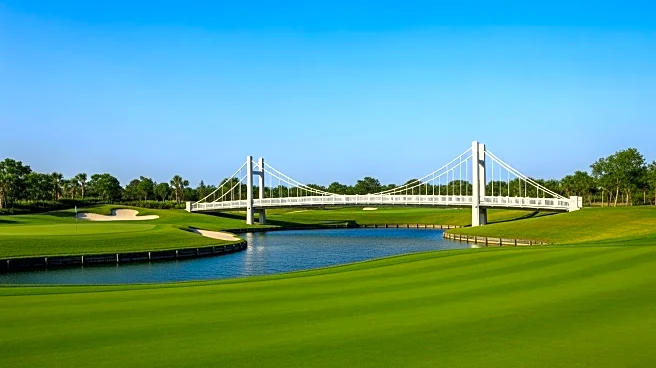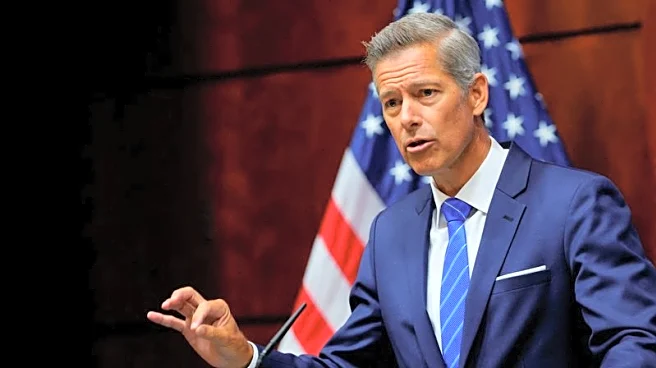What's Happening?
The United States Golf Association (USGA) has requested a $5 million grant from the state of Pennsylvania to construct a new bridge at Oakmont Country Club. The proposed bridge would span the Pennsylvania Turnpike,
aiming to separate vehicle and construction traffic from golf tournament spectators. The USGA emphasized that this infrastructure would enhance the fan experience, accessibility, and capacity at the venue. Oakmont is set to host the U.S. Women's Open in 2028 and the men's U.S. Open in 2033. Pennsylvania Governor Josh Shapiro highlighted the cultural and economic significance of Oakmont, noting that golf contributes $6 billion to the state's economy.
Why It's Important?
The construction of the new bridge at Oakmont Country Club is significant for several reasons. It underscores the importance of infrastructure in enhancing major sporting events, which can boost local economies through tourism and related activities. The separation of traffic types is expected to improve safety and efficiency during tournaments, potentially attracting more visitors and increasing revenue for the region. The grant request also reflects the broader economic impact of golf in Pennsylvania, a state where the sport is a substantial industry. The successful hosting of major tournaments can elevate the state's profile as a premier destination for golf enthusiasts.
What's Next?
If the grant is approved, construction of the bridge will likely commence in preparation for the upcoming tournaments. The USGA and local authorities will need to coordinate logistics and planning to ensure minimal disruption to the area. Stakeholders, including local businesses and community leaders, may engage in discussions about the potential benefits and challenges associated with the project. The outcome of the grant request could influence future infrastructure investments in the region, setting a precedent for how sporting events are supported by state funding.
Beyond the Headlines
The request for state funding raises questions about the role of public investment in private sporting venues. It highlights the balance between public benefit and private enterprise, as well as the ethical considerations of using taxpayer money for such projects. The development could also spark discussions on environmental impacts and the preservation of local landscapes, given the construction's proximity to natural areas.












